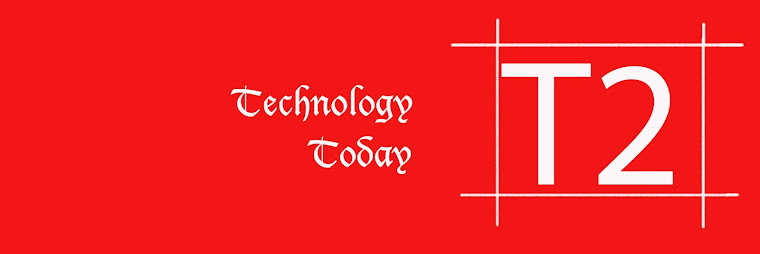
Drifty, a participant in the TechStars Cloud 2013 incubator, and makers of a suite of tools for mobile developers building apps and websites, most notably, the Ionic framework, has closed on a million in seed funding, the company is announcing. The funding comes from Arthur Ventures, and will help the company grow its team and continue development on the Ionic framework.
The startup was founded in 2012 by Ben Sperry (CEO) and Max Lynch (CTO), childhood friends who have been working together since high school, building various online projects. Before starting Drifty, both worked at other startups developing mobile MMORPG games.
The two decided to start Drifty to help developers build mobile apps and responsive websites, Sperry says. Today its two products Codiqa and Jetstrap offer simple drag-and-drop prototyping to over 250,000 developers around the world, he adds, and the company has grown revenue by 10x, while bootstrapping its way to profitability in 2013.
But as they worked on building their first two tools, the team realized there was also a big opportunity in cross-platform mobile development, in terms of introducing tools that would allow developers to take better advantage of web technologies.
Ionic, launched late last year, intended to fill that gap, with its open source HTML5 mobile app framework that lets developers build native-feeling apps using web technologies, like HTML, CSS and AngularJS.
Explains Sperry, Ionic is similar in some ways to something like Sencha Touch, but is licensed differently. “It’s completely, 100% open-sourced. It’s MIT-licensed, which means anyone can use it, commercial or personal – it doesn’t matter to us,” he says. Sencha’s framework has a more proprietary license, Sperry adds. “We don’t think that’s the right way to offer a framework, which is why we made ours free.”
The product promises better performance, clean and simple design, and is modeled off of native mobile development SDKs to make it easier for mobile developers who have built for iOS or Android in the past, the website explains. After the coding is complete, developers using Ionic push the app through PhoneGap for deployment. As noted, Ionic competes with other mobile UI frameworks, including jQuery Mobile, Sencha Touch, and others.
These days, over 200 apps are being created with Ionic every day, says Sperry, and traffic is nearly doubling month-over-month. The project is also now one of the top 260 on GitHub, and has seen thousands of mobile apps based on Ionic built to date, typically those from smaller companies or developers doing client work for others.
With the additional funding, the founders plan to now focus solely on developing Ionic further, with plans to improve gestures and animations, plus roll out mobile services in 2014 that would make using Ionic a viable alternative to native app development. Areas of focus include things like analytics, notifications, and testing service. These would help the company generate revenue from its free platform.
The Madison, Wisconsin-area startup is currently a team of nine, and is looking to double its team going forward, mainly by hiring developers.
* Note: Sencha immediately responded, commenting that “Sencha doesn’t license Sencha Touch using permissive open source, but it is in fact open source – and the commercial version is free.”

2 comments:
Hybrid apps are basically the small websites that run in the browser shell of the app that have access to platform layer. They are having benefits in terms of development speed, third party code and platform support. Ionic framework is a front end user interface that handles all the look and feel interactions.
Ionic gives a set of Angular mandates (custom HTML components) for it segments, making it as simple to utilize the gadgets as composing a line of HTML code. Ionic framework Notwithstanding orders, Ionic utilization Angular’s touch recognizers, view activity rationale, HTML sanitation, and non-concurrent correspondence.
Post a Comment